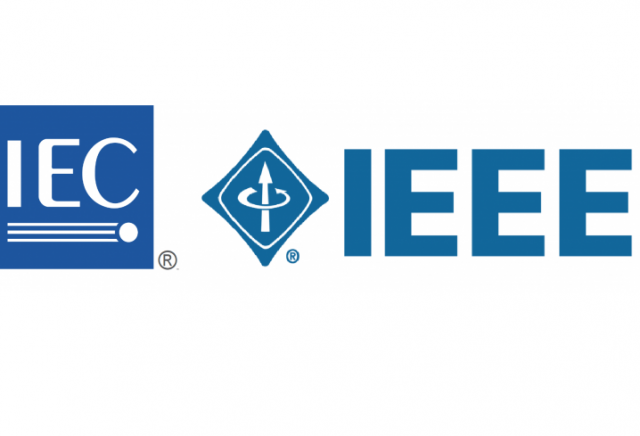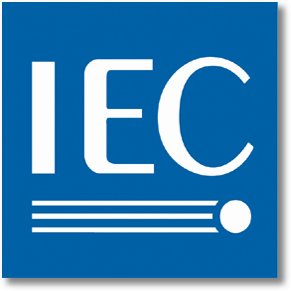The first edition of the PEC published in 1962 by PAMEE was an adaptation of the NEC customized to suit the local Philippine environment.
Several decades later and the PEC is now published by IIEE, despite using the metric system, the PEC is still a clone of the NEC.
The IEEE/ANSI/NEC are now in the process of harmonizing with the IEC. NEC 2005 edition has started using references to IEC standards. IEEE/ANSI are slowly adapting IEC standards in which will be labeled dual logo standards based on the IEEE Agreement with IEC - IEC/IEEE Dual Logo Agreement.

The agreement aimed at identifying suitable IEEE standards for processing through the IEC full-consensus procedure. The agreement involves a dual-logo arrangement in which the logos of both organizations will appear on documents adopted by and jointly developed with IEC. Electrical manufacturers are now currently developing equipment that is dual certified for IEEE/IEC.
If the PEC adapts provisions from the IEC, there will be wider sourcing of electrical equipment promoting better competition. Likewise, monopoly will be broken as there will be more selections of equipment.
If countries like Australia, New Zealand, and China are now adapting IEC standards and customizing them to suit their country's needs, why can't the Philippines follow?
Knowledge of the IEC will also provide Filipino Engineers with better opportunities in the global job market.
